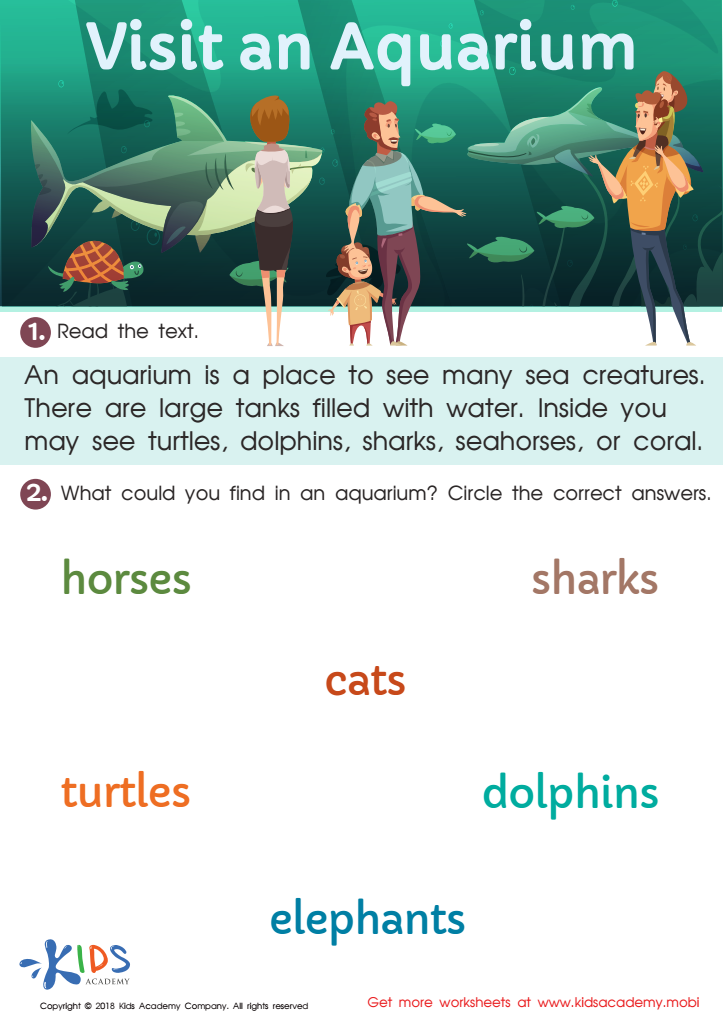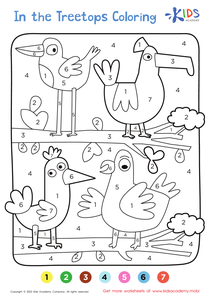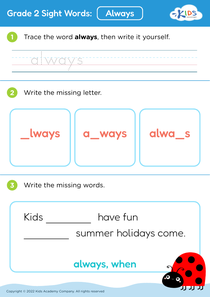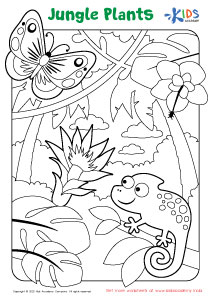RF.2.4 Fluency worksheets With Answers for Grade 2
6 filtered results
-
From - To
Welcome to our comprehensive collection of RF.2.4 Fluency worksheets designed specifically for Grade 2 students! These worksheets focus on enhancing reading fluency through engaging activities that align with Common Core Standards. Each worksheet comes with an answer key, making it easy for teachers and parents to track progress and ensure comprehension. Our resources promote confidence in reading with repeated readings and practice segments to improve speed, accuracy, and expression. Perfect for classroom use or home practice, these worksheets will support young learners as they develop essential skills for becoming proficient readers. Foster a love for reading today with our RF.2.4 Fluency worksheets!


What Does It Mean? Worksheet


Visit an Aquarium Worksheet


Starfish: True or False Worksheet


How to Draw a Smiley Face Worksheet


How to Draw House Worksheet


Context Clues and Homophones Worksheet
RF.2.4 focuses on reading fluency in Grade 2, emphasizing the ability to read with appropriate accuracy, rate, and expression. This skill is crucial for young learners as it serves as the foundation for their overall reading development. Parents and teachers should care about this standard for several reasons.
First, fluency facilitates comprehension. When children can read smoothly and automatically, they can focus on understanding the content rather than decoding individual words. This deeper comprehension enhances their ability to engage with texts and develop critical thinking skills.
Second, fluency builds confidence. Students who read fluently often feel more confident, encouraging them to participate in discussions and further explore literature. This self-assuredness can foster a love for reading.
Finally, fluently reading aloud is an essential component of communication skills. As children practice expression, intonation, and prosody, they develop their ability to convey emotion and meaning, which is applicable in various aspects of life.
In conclusion, for both parents and teachers, prioritizing RF.2.4 fluency is vital in nurturing capable, confident readers who will thrive academically and personally in their educational journey and beyond.
 Assign to My Students
Assign to My Students















